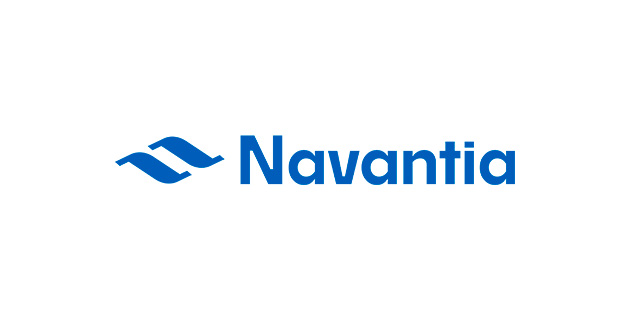Dentro de lo que puede alcanzar Uruguay con un presupuesto digamos bajo... encontré una opción bastante buena, que son los Cutter de la Guardia Costera de USA.
Robustos, Diesel-Gas, Armables, Baratos, con Hangar y Helipad, Mucha Autonomía, con sensores y CMS ... vía EDA (Excess Defence Articles).
MARITIME SECURITY
IMDEX Asia: Second US Coast Guard cutter for Bangladesh Navy
15th May 2015 - 12:00by
Grant Turnbull in London
Follow @GrantTurnbull_
The
US Coast Guard (USCG) has transferred a second cutter to the Bangladesh Navy during an official signing ceremony held earlier this month on Coast Guard Island in Alameda, California.
The 378-ft former cutter Rush (WHEC-723) was decommissioned in February 2015 and handed over to the Bangladeshi navy on May 6, where it will operate under the name BNS Somudra Avijan.
Administered by the
USCG’s Office of International Acquisition, the handover marks the sixth high-endurance cutter to be sold under the DoD’s Excess Defense Articles (EDA) programme.
Over the next six months, the vessel will undergo a maintenance, upgrade and training period.
The USCG will deliver or install around $7 million of new equipment and $5 million-worth of technical and training services, all paid for by Bangladesh.
A 20-member team from the Bangladesh Navy, led by commanding officer Capt Mohammad Waseem Maqsood, arrived in March in preparation to receive the Rush. Around 70 additional crew members will arrive on May 20, according to the USCG.
Former Rush crewmembers will also serve as advisors and assist the Bangladeshi crew until the ship makes its voyage across the Pacific later this year. BNS Somudra Avijan will join former USCG cutter Jarvis, which was commissioned in the Bangladesh Navy as BNS Somudro Joy (F-28) in 2013.
Transferring the legacy vessels is seen as a way of avoiding high disposal costs, approximately $12 million per ship, as well as a way of building and sustaining maritime partnerships in support of the Coast Guard’s national maritime strategy.
To date, under the EDA programme the USCG has transferred two high endurance cutters to the Philippine navy, two to the Nigerian navy and, with the transfer of cutter Rush, two to the Bangladeshi navy.
The high-endurance cutters are currently being replaced by the USCG’s new 418ft National Security Cutters (NSC). Earlier this month,
the fifth NSC to be built by Huntington Ingalls, James (WMSL 754), successfully completed her acceptance trials.
Saludos














